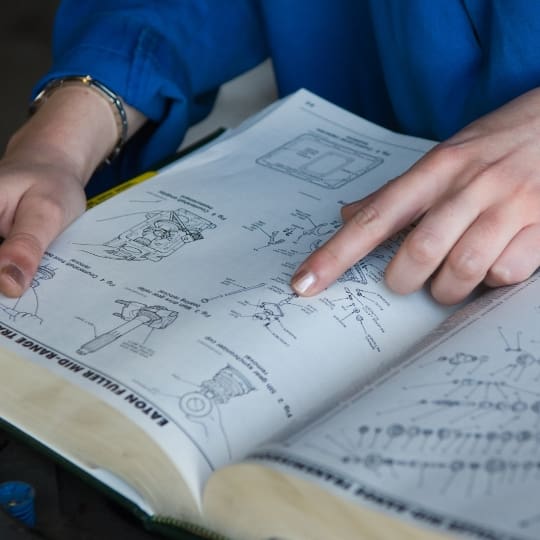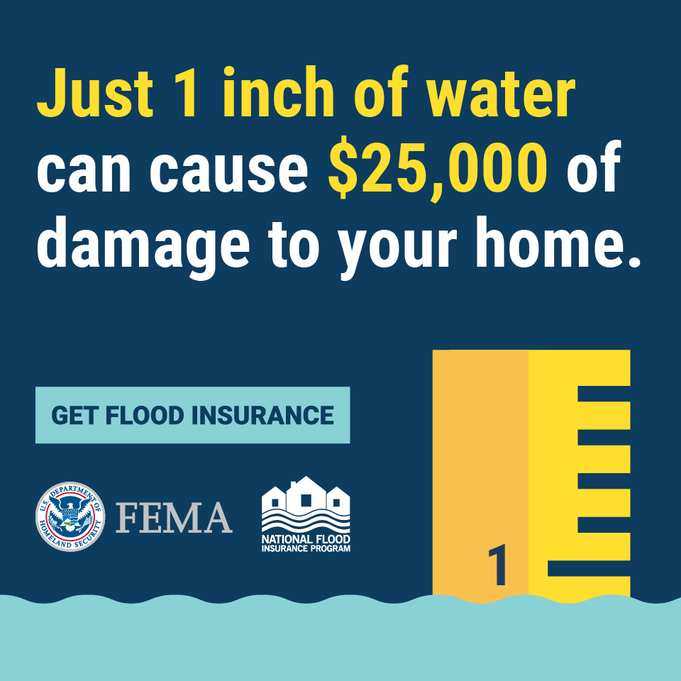Springville City-wide Emergency Preparedness
CERT Volunteers Can make a Difference

The purpose of CERT training is to provide private citizens with the basic skills needed to handle virtually all of their own needs and then respond in their neighborhoods and communities in the aftermath of a disaster. CERT teaches nine basic units: Disaster Preparedness, Disaster Fire Suppression, Disaster Medical Operations, Light Search and Rescue, Disaster Psychology, Team Organization, Terrorism, and a Disaster Simulation. The CERT program is applicable to anyone from teenagers to adults of any physical capability.
If you are interested in joining the Springville CERT Team or upcoming CERT training, please email CERTspringville@gmail.com.
2024 Upcoming Events
Springville Drill Leadership Training
7:00 pm
Civic Center Multipurpose Room
Block Captain Training
9:00 am
Fire Station Training Room
Every 3rd Thursday
5:30 pm
Zoom Meeting
Meeting ID: 843 1439 5940
Passcode: 135907
Emergency Preparedness Committee Meeting

Open to the public
Meetings are held on the third Thursday of each month at 5:30 pm on Zoom.
Meeting ID: 843 1439 5940
Passcode: 135907
Good Samaritan Act
“A person who renders emergency care at or near the scene of, or during an emergency, gratuitously and in good faith, is not liable for any civil damages or penalties as a result of any act or omission by the person rendering the emergency care, unless the person is grossly negligent or caused the emergency. As used in this section, “emergency” means and unexpected occurrence involving injury, threat of injury, or illness to a person or the public, including motor vehicle accidents, disasters, actual or threatened discharges, removal, or disposal of hazardous materials and other accidents or events of a similar nature. “Emergency care” includes actual assistance or advice offered to avoid, mitigate, or attempt to mitigate the effects of an emergency.”
The Community Emergency Response Team (CERT) Program educates people about disaster preparedness for hazards that may impact their area and trains them in basic disaster response skills, such as fire safety, light search and rescue, team organization, and disaster medical operations. Using the training learned in the classroom and during exercises, CERT members can assist others in their neighborhood or workplace following an event when professional responders are not immediately available to help. CERT members also are encouraged to support emergency response agencies by taking a more active role in emergency preparedness projects in their community.
Resources
Great Utah Shakeout 2023

April 18, 2024
10:15 am
The Great Utah Shakeout is run by Be Ready Utah. It is an opportunity for organizations and particularly businesses to practice what to do in an earthquake.
Where will you be when an Earthquake hits ?
Drop, Cover, and Hold On.
Who should participate in the Shakeout?
Everyone is encouraged to participate including individuals, families, church or civic organizations, businesses etc.
How do I participate in the Shakeout?
You and your organization can do a lot or a little to prepare for an earthquake.
- Drop, Cover, Hold on
- 10:15 am
- Drop to the ground
- Take Cover by getting under a sturdy desk or table and hold on until the shaking stops (This is a simulation so the shaking will “stop” after 1 minute)
- Review and update family emergency plans
- Learn about earthquakes by clicking on the “Putting Down Roots in Earthquake Country” handbook above
- Take an inventory of emergency food and supplies and update as needed
- Update emergency communications information with family, schools and work
- The sky is the limit…personalize your Shakeout to help your preparedness efforts.
CERT Training
The CERT training for community groups is usually delivered in 2 1/2 hour sessions, one evening a week over an 8 week period. The training consists of the following:
Unit 1, DISASTER PREPAREDNESS: Addresses hazards to which people are vulnerable in their community. Materials cover actions that participants and their families take before, during, and after a disaster. As the session progresses, the instructor begins to explore an expanded response role for civilians in that they should begin to consider themselves disaster workers. Since they will want to help their family members and neighbors, this training can help them operate in a safe and appropriate manner. The CERT concept and organization are discussed as well as applicable laws governing volunteers in that jurisdiction.
Unit 2, DISASTER FIRE SUPPRESSION: Briefly covers fire chemistry, hazardous materials, fire hazards, and fire suppression strategies. However, the thrust of this session is the safe use of fire extinguishers, sizing up the situation, controlling utilities, and extinguishing a small fire.
Unit 3, DISASTER MEDICAL OPERATIONS PART I: Participants practice diagnosing and treating airway obstruction, bleeding, and shock by using simple triage and rapid treatment techniques.
Unit 4, DISASTER MEDICAL OPERATIONS, PART II: Covers evaluating patients by doing a head to toe assessment, establishing a medical treatment area, performing basic first aid, and practicing in a safe and sanitary manner.
Unit 5, LIGHT SEARCH AND RESCUE OPERATIONS: Participants learn about search and rescue planning, size-up, search techniques, rescue techniques, and most important, rescuer safety.
Unit 6, TEAM ORGANIZATION: Addresses CERT organization and management principles and the need for documentation.
Unit 7, DISASTER PSYCHOLOGY: Covers signs and symptoms that might be experienced by the disaster victim and worker.
Unit 8, TERRORISM and SHELTER IN PLACE: Participants learn terrorism awareness and response as well as Shelter in Place procedures.
Unit 9, COURSE REVIEW AND DISASTER SIMULATION: Participants review their answers from a take home examination. Finally, they practice the skills that they have learned during the previous six sessions in disaster activity.
During each session participants are required to bring safety equipment (gloves, goggles, mask) and disaster supplies (bandages, flashlight, dressings) which will be used during the session. By doing this for each session, participants are building a disaster response kit of items that they will need during a disaster.
The CERT course is taught in the community by trained teams who have completed a CERT Train-the-Trainer course conducted by their state training office for emergency management, or FEMA’s Emergency Management Institute (EMI), located in Emmitsburg, Maryland. CERT training includes disaster preparedness, disaster fire suppression, basic disaster medical operations, and light search and rescue operations.
Teen Cert
Over 900 instructors nationwide have affected the lives of over 10, 000 youth by enabling them to respond to crisis and events that require an advanced level of disaster response capabilities. Through this enablement process, students have empowered themselves to respond to events, and have thus rescued individuals trapped under debris after a tornado, saved lives of individuals caught in a rip tide, and provided medical first responder skills in numerous instances. In my opinion, through the actions of these trained youth, many people owe not only their lives to the student responder and the skills learned in Teen CERT, but these students eased the pain and suffering of individuals who were victims of accidents.
Preparedness
Winter Preparedness
Winter Preparedness Video
Cold Weather Safety
National Weather Service




